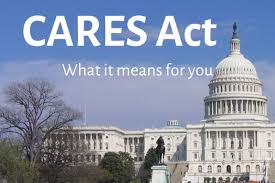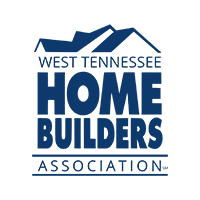
In recent weeks, Congress has adopted three bills aimed at stabilizing the economy, with more to come. The most notable of these was the $2.2 stimulus package (the CARES Act) that President Trump signed into law on March 27. This law contains a nearly $350 billion federal small business loan protection program called the Paycheck Protection Program (PPP) that will provide significant loan forgiveness for small businesses with fewer than 500 employees if employers meet certain criteria.
Loan Forgiveness
- Under the new PPP loan program in the CARES Act, small businesses with fewer than 500 employees can take out loans equal to 2.5 times their average monthly payroll from 2019 with the total capped at $10 million. For many businesses that meet key conditions on the use of these funds, the loans may be forgiven.
- Businesses applying for an Economic Injury Disaster Loan (EIDL) may request an advance of up to $10,000 to be delivered within three days of the request. An applicant will not be required to repay this advance if the funds are used to cover payroll, provide sick leave or cover other business costs, even if the applicant is subsequently denied a loan under the EIDL program.
NAHB has created an online document, CARES Act and Small Business Lending Programs, which offers more details about these small business lending programs, including the conditions required for loan forgiveness.
Resources for HBAs
- 501(c) nonprofits, including many of NAHB’s state and local federation associations, may be eligible for an EIDL loan, including a forgivable emergency grant up to $10,000, if less than 50% of the annual expenses go to lobbying efforts.
- The online document, Stimulus Resources for State and Local Associations, gives NAHB’s HBA partners a sense of whether they may be eligible.
A Broad Overview of the 3 Bills: How They May Apply to Your Business
- Stimulus Resources for NAHB Members is a seven-page online document that explains two Small Business Administration lending programs – SBA’s Paycheck Protection Program (PPP) 7(a) loans and its Economic Injury Disaster Loans (EIDL).
The summary also looks at employee retention credits, delay of employer-paid payroll tax payments, net operating loss (NOL) modifications, and other important measures that may apply to your business. - As noted above, the two SBA lending programs are critically important because, for many businesses that meet key conditions on the use of these funds, the loans may be forgiven.
- The Treasury Department on April 2 released regulations and guidelines on PPP and referenced existing SBA guidelines and language. The Treasury language stipulates that recipients of PPP loans cannot use the funds “for building homes for future sale.” The additional language says “apartment buildings and mobile home parks are not eligible” under the PPP (7a) loan program. Moreover, passive businesses owned by developers and landlords that do not actively use or occupy the assets acquired or improved with the loan proceeds (except as Eligible Passive Companies under 13 CFR § 120.111) are not eligible. This broad building language is unclear and raises many questions. NAHB is seeking clarity and guidance on what this may mean for our members.
